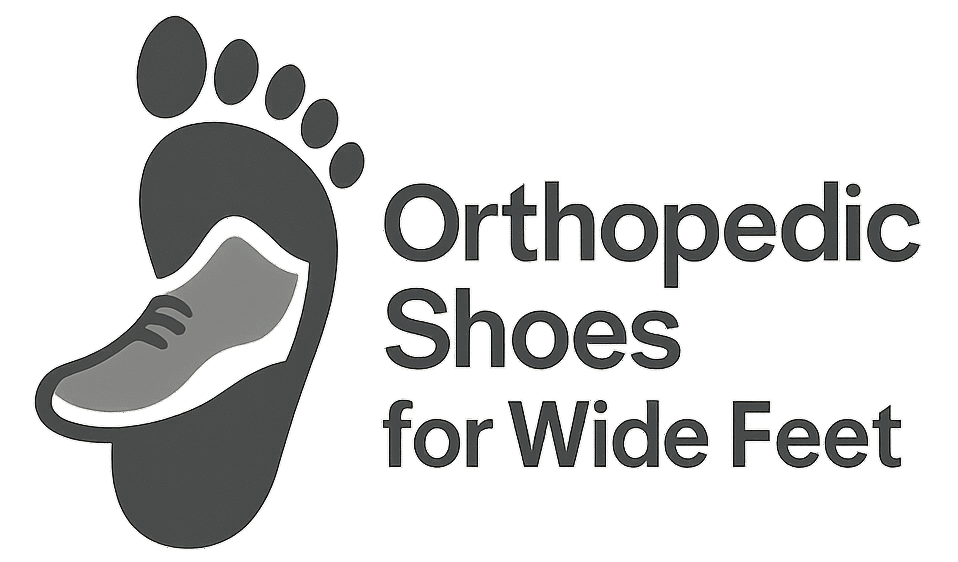Flat feet, also known as fallen arches, occur when the arches of the feet flatten out. This can be due to genetics, environmental factors, or lifestyle habits. Sometimes you’re born with it, or it develops over time due to things like wearing unsupportive footwear.
Living with flat feet might feel like you’re on an uncomfortable ride, as they often lead to discomfort or pain during daily activities. Whether it’s a morning jog or running errands, fallen arches can make these activities feel like you’re climbing a hill with every step.
The ripple effect on your health is no joke. Flat feet can mess with your posture and alignment, leading to pain that travels up to your knees, hips, and even your back. It’s like having a car with misaligned wheels that eventually affects the whole vehicle.
Flat feet are more common than you might think. Statistics show a significant number of people experience this condition, affecting varying age groups and demographics. Some walk through life without ever noticing, while others may find it hard to ignore the impact they have on their everyday lives.
The Importance of Proper Support: When and Why to Seek Orthopedic Solutions
If you think flat feet are holding you back, it might be time to chat with your healthcare provider. Recognizing when you need extra support is key, like when foot pain starts affecting your day-to-day activities.
Unsupported flat feet aren’t just a small inconvenience—they can bring along a party of long-term complications. We’re talking potential aches and pains in your ankles, knees, and other parts playing catch-up with your out-of-whack posture.
The right orthopedic support can be a game-changer. Imagine moving with less pain and more ease. Orthopedic solutions, like special shoes or inserts, are designed to support your arches and improve how you walk.
Hearing it straight from the folks who’ve worn and fared well can be encouraging. Many individuals have transformed their quality of life with the right orthopedic help. Their stories often highlight less pain and more freedom, which makes taking the step towards proper support worth considering.
Orthopedic Shoe Options: Making the Right Choice for Flat Feet
Choosing the right orthopedic shoe can feel like finding the perfect dance partner—it has to be a good fit for you. From custom orthotics to structured sneakers, there’s a world of options designed to give your feet the support they need.
When you’re choosing, look out for shoes that offer solid arch support, adjustable fittings, and cushioned soles. These features help manage your foot’s alignment and movement, making a big difference in comfort and mobility.
Brands like New Balance, Brooks, and Vionic are stepping up the game with shoes specifically for flat feet. These companies invest in tech and design to ensure foot support, aimed at keeping you active without discomfort.
Footwear is an investment in your health, so understanding the financial side is crucial. While some options can be pricey, insurance might cover a chunk of it. Also, knowing what you’re willing to spend can help you prioritize features.
Maintaining Foot Health: Comprehensive Care Beyond Shoes
Being kind to your feet involves more than just slipping on the right pair of shoes. Keeping your arches strong with regular exercises and stretches can make a real difference. Simple activities like toe curls or calf raises can help fortify those fallen arches.
Keeping up with regular foot checkups is important. Changes in your feet can sneak up, so monitoring them ensures you catch any issues before they become bigger hassles.
Tweaks in your lifestyle can also alleviate pressure. Managing your weight, choosing comfy shoes even for lounging at home, and indulging in the occasional foot massage matter more than you’d think. These changes can lessen the daily grind on your feet.
Crafting a consistent foot care routine is worth the effort. Wash and dry your feet daily, trim toenails, and moisturize to prevent dryness. It’s these little steps that can keep discomfort at bay and promote happier, healthier feet.
